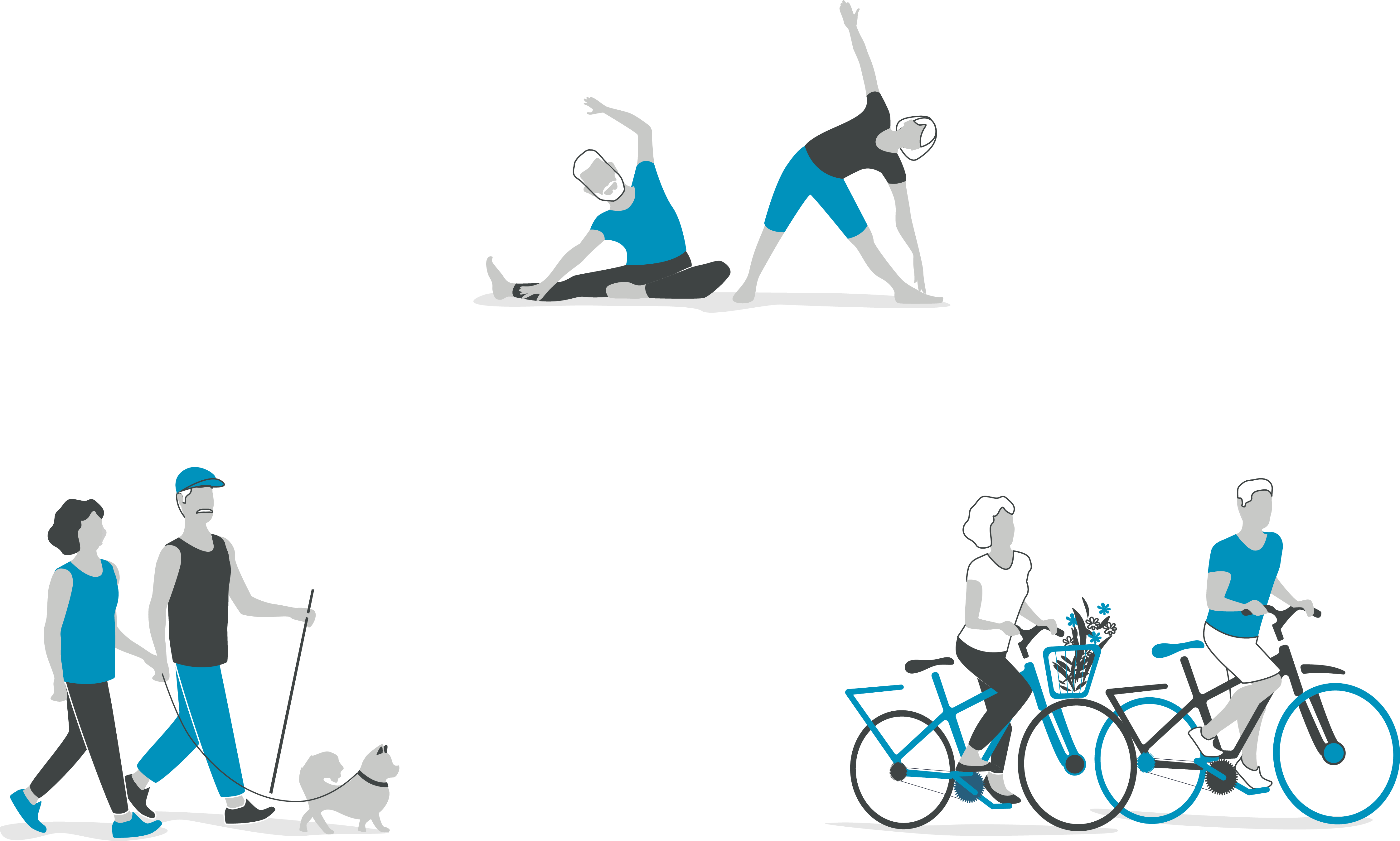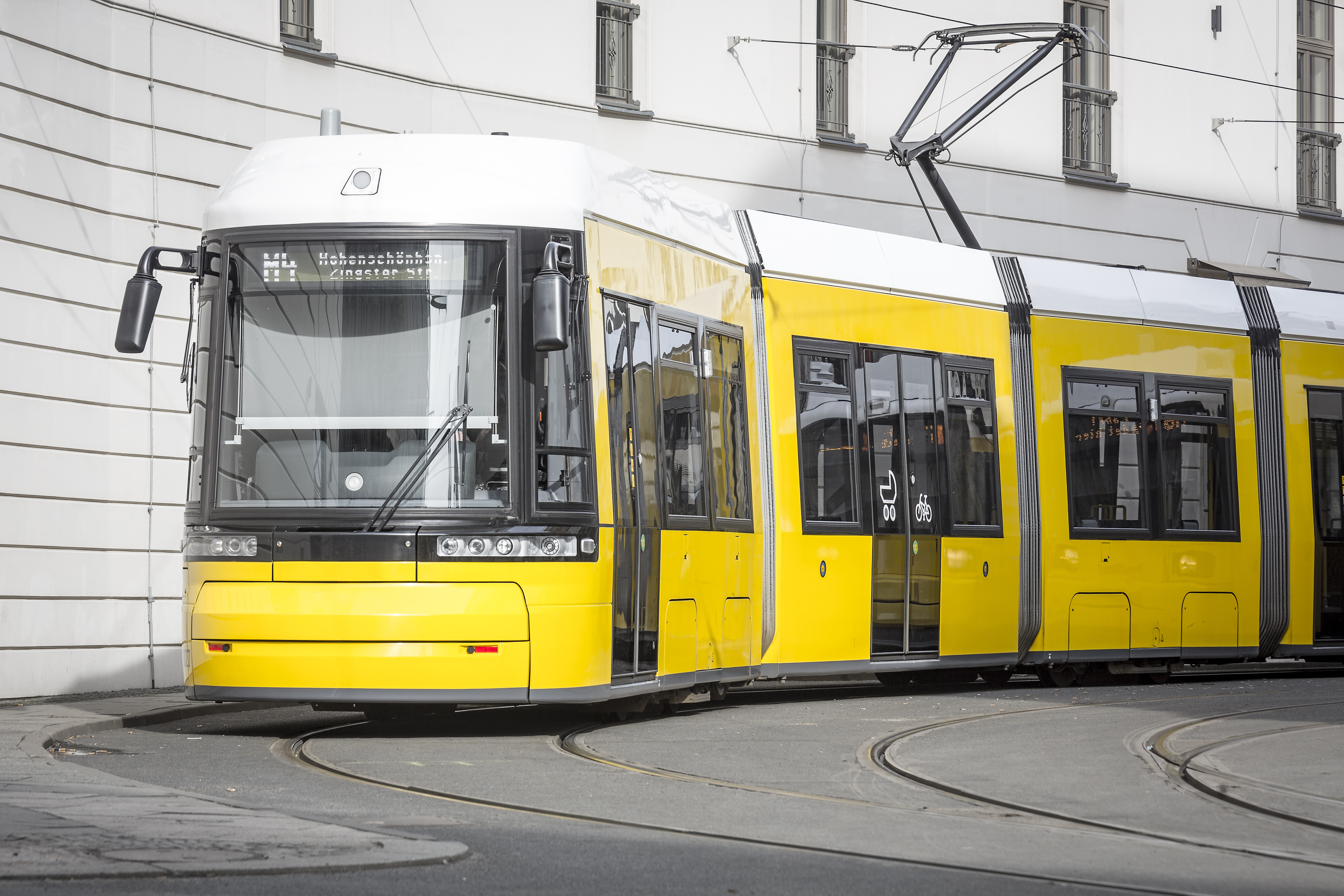

Johnny Clayton and Glen Richardson of Carter Jonas’ Masterplanning team share their insight on how masterplanning can adapt to reduce carbon emissions.
The conclusions of COP26 have shown clearly that current lifestyles are inadequate in tackling the necessary reduction in carbon emissions. Each year, approximately 88,000 people in the UK move into brand new homes and their choices are heavily influenced by the role of those who design new settlements. Furthermore, as a process which extends from initial feasibility studies through to planning consents, masterplanning offers the potential for substantial change.
“the built environment contributes approximately 40% of the UK’s total carbon footprint”

“if we focus on sites that are well connected by existing or future bus, cycle infrastructure, rail and walking, then we can truly begin to plan new urban environments.”
Sign up to receive content like this directly to your inbox
Figures from the Green Building Council indicate that the built environment contributes approximately 40% of the UK’s total carbon footprint. While this is a shocking figure, it is actually a reduction on 1990s data - thanks to some considerable best practice being adopted by the industry. But take-up can be inconsistent, piecemeal and the absence of suitable metrics detracts from progress.
In considering a more consistent and comprehensive approach to reaching net zero, Carter Jonas has looked at the masterplanning continuum and the stages at which improvements can be made. ‘The purpose was not simply to fill in some missing gaps,’ explains Johnny. ‘But to objectively review the broad spectrum and identify how opportunities for change could work across it. This involves assessing choices, measuring the likely impact and ultimately taking informed decisions on the eventual impact of those changes and advising our client accordingly.’
Carter Jonas’ masterplanning team works with landowners and developers across the UK, advising on solutions and sharing best practice. Unlike many masterplanning teams, it has the benefit of sitting within a property firm. This enables a flow of information throughout the planning and development process and beyond and has enabled Johnny and Glen to identify where the greatest potential for change exists.
So, Planning and Development InSite asked, what is the single biggest improvement that masterplanning can deliver? ‘This has to be site location – specifically connectivity to means of transport other than reliance on private motor vehicles’, says Glen. ‘If we focus on sites that are well connected by existing or future bus, cycle infrastructure, rail and walking, then we can truly begin to plan new urban environments where reliance on petrol power is not essential. We must also plan for developments themselves to encourage active travel. It’s about giving future residents good choices and alternatives to the car.’
Motor vehicles create one of the biggest carbon footprints when it comes to greenhouse gases. Glen continues, ‘In environments in which motor vehicles aren’t “king”, public spaces can be truly shared by all users. There is clear evidence that residents feel safer and the air that they breathe is cleaner. Of course, car use will remain, but with much reduced dominance.’
Encouragingly, there are many examples of success. One is Vauban in the German district of Freiburg: an ecological, low-energy, low-car neighbourhood which has been described as the World's Most Successful Model for Sustainable Urban Development. Cars are restricted to the pace of a pedestrian and parking is provided largely on the edge of the district. Despite being popular with families, no more than 30% of households own a car, cycling is the most popular form of transport and a tram service also provides connectivity to all community services.
Another example is Eddington in Cambridge. Glen worked on a masterplan for the University-led scheme which features car-free areas, liveable streets, garden courts and extensive amenity space. A reliable local bus service and a car-share club provide the means for the residents to travel beyond Eddington with ease.
“there are many examples of success”
Both examples demonstrate that developments within which the car is not “king” are not only possible, but very popular. ‘What is required to make them work,’ says Glen, ‘Is very close collaboration between local authorities, consultant teams and landowners, enabling a major culture shift to take place’.
“Both examples demonstrate that developments within which the car is not “king” are not only possible, but very popular.”
A development’s sustainability is not limited to transport. ‘Eddington,’ says Glen, ‘Demonstrates an effective use of brownfield land, high levels of density, features to encourage biodiversity, photo-voltaic roof panels, a centralised energy centre and district heating network, the largest underground waste disposal system in the country and the UK’s largest water recycling system, which channels rainwater through roofs and swales, collects it in lakes, treats it and reuses it for washing machines and toilet flushing. Sustainable materials are used throughout and, importantly, homes are built to the (former) Code for Sustainable Homes Level 5 and are rated BREEAM Excellent.’
‘Many factors which must align in order to achieve a genuinely sustainable scheme, including location, context, local planning policies, the duration of the construction programme and the value of the scheme,’ says Johnny. ‘Not all of these solutions can be addressed by masterplanning, and so creating and developing interdependencies and upskilling within the building industry is important. At the other end of the spectrum, planning policy often trails behind actual progress: the NPPF is overdue an update which describes how the planning and development industry must adapt to address climate change.
‘But increasingly, these factors, along with clients’ objectives and potential residents’ lifestyle choices are supportive of sustainable developments’.
Amongst the uncertainty, the one certainty is that change is necessary. And, on a more positive note, Carter Jonas’ and others’ understanding of how sustainable features can be integrated into the masterplanning continuum, combined with the progress that has been made to date, demonstrates that change is achievable.
“change is achievable”
ZERO CARBON
Moving towards
through the Masterplanning Process











Sign up to receive content like this directly to your inbox
Click to download PDF
Sign-up for the latest news

Sign-up for the latest news
